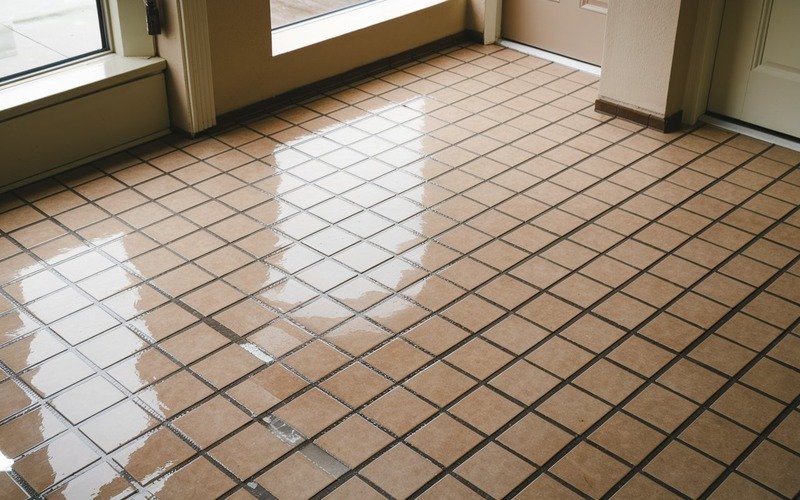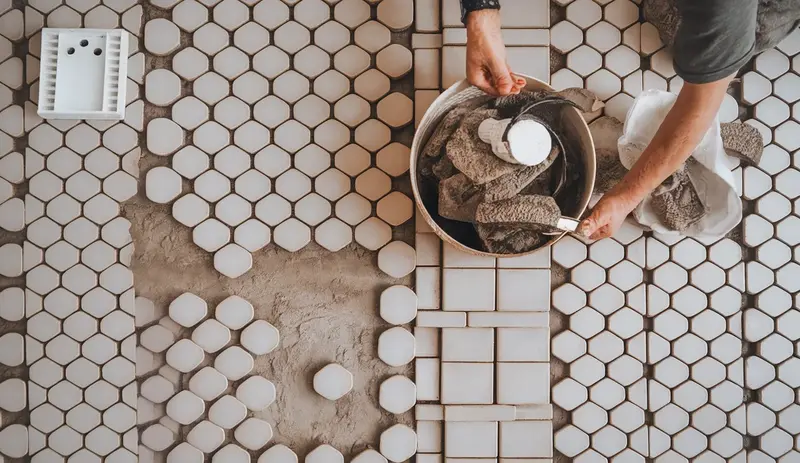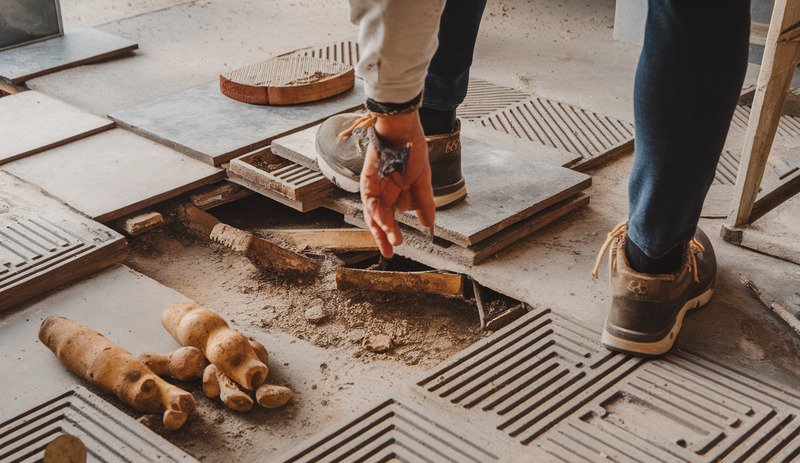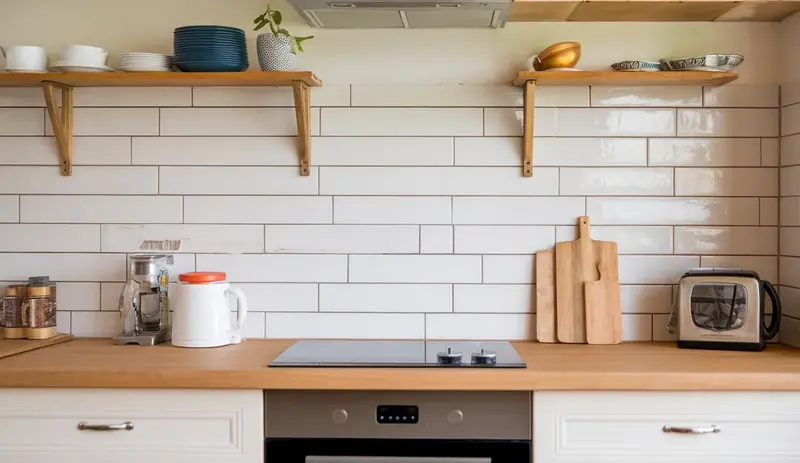Water damage can turn a homeowner’s dream into a nightmare, especially when it comes to tile absorption. Understanding how moisture impacts your tiles is crucial for protecting your Plano home’s integrity and value.
This guide will walk you through everything you need to know about tile water absorption, from causes to prevention.
Water Absorption in Tiles: Understanding the Basics
Residing in Plano, Texas translates to confronting distinct environmental problems, and water absorption in tiles is something I’ve encountered a multitude of times during home remodeling. Allow me to enlighten you about the precautions necessary to safeguard your tiles from potential water harm.
What Makes Tiles Absorb Water?
When it comes to resisting water, not all tiles are created equal. From my experience working with different types of tile, I can say that the material makes a huge difference in how much moisture it absorbs.
Ceramic and porcelain tiles have the appearance of being almost the same, but they are actually quite different in terms of how porous they are. Ceramic tiles are generally more porous, and thus more absorbent, than porcelain tiles. Water can seep into a ceramic tile much more easily than it can into porcelain.
The real problem tiles concerning water absorption are natural stone ones. While beautiful, marble, limestone, and slate are too many times water-damaged. In comparison to other tile alternatives, these materials tend to suck up any moisture they encounter.
Signs Your Tiles Are Absorbing Too Much Water
Water absorption isn’t always apparent right away. You should look for these signs that might otherwise be missed:
- Tile edges or grout lines that have changed color
- Tiles that are warped or slightly lifting
- Grout that looks worn or is crumbling
- Damp spots that have no clear explanation
- Possible structural damage beneath the tiles
Pro tip: If you see these signs, don’t wait. In Plano’s humid climate, water damage can escalate quickly.
Preventing Water Absorption in Plano Homes
Sealants are your initial line of defense. Not every sealant serves equally, so select one especially for your specific tile type. For natural stone tiles, you’ll want a penetrating sealer that really gets into those tiny microscopic pores.
Proper application matters as much as the product. Make sure you’re applying uniform sealant, covering every single inch of tile and grout. These tools can be deceptive—if you’re not 100% certain of your actions, best to call a professional at Star Tile and Surfaces.
Consider having a pro install flooring in difficult spots like the bathroom and kitchen. These areas require expert skills to ensure tight seams and create moisture barriers that significantly reduce water absorption.
When to Call a Professional
Look out for these warning signs that it’s time to consult a professional:
- Large areas affected by water damage
- Serious structural concerns, like a major lifting of the tile
- A likely mold problem
- Ongoing moisture problems that no amount of DIYing seems to fix
Most home improvement experts agree that acting early can save you thousands in avoided repairs.
Final Thoughts
Water absorption in a home can lead to all sorts of disasters—especially in the climate we have here in Plano. Stay on top of things, invest in good barriers and coatings, and don’t be afraid to call in the pros if things go south.
Understanding tile water absorption is crucial for Plano homeowners. By staying proactive, regularly inspecting your tiles, and taking preventative measures, you can protect your home from potential water damage and maintain your property’s value and integrity.





